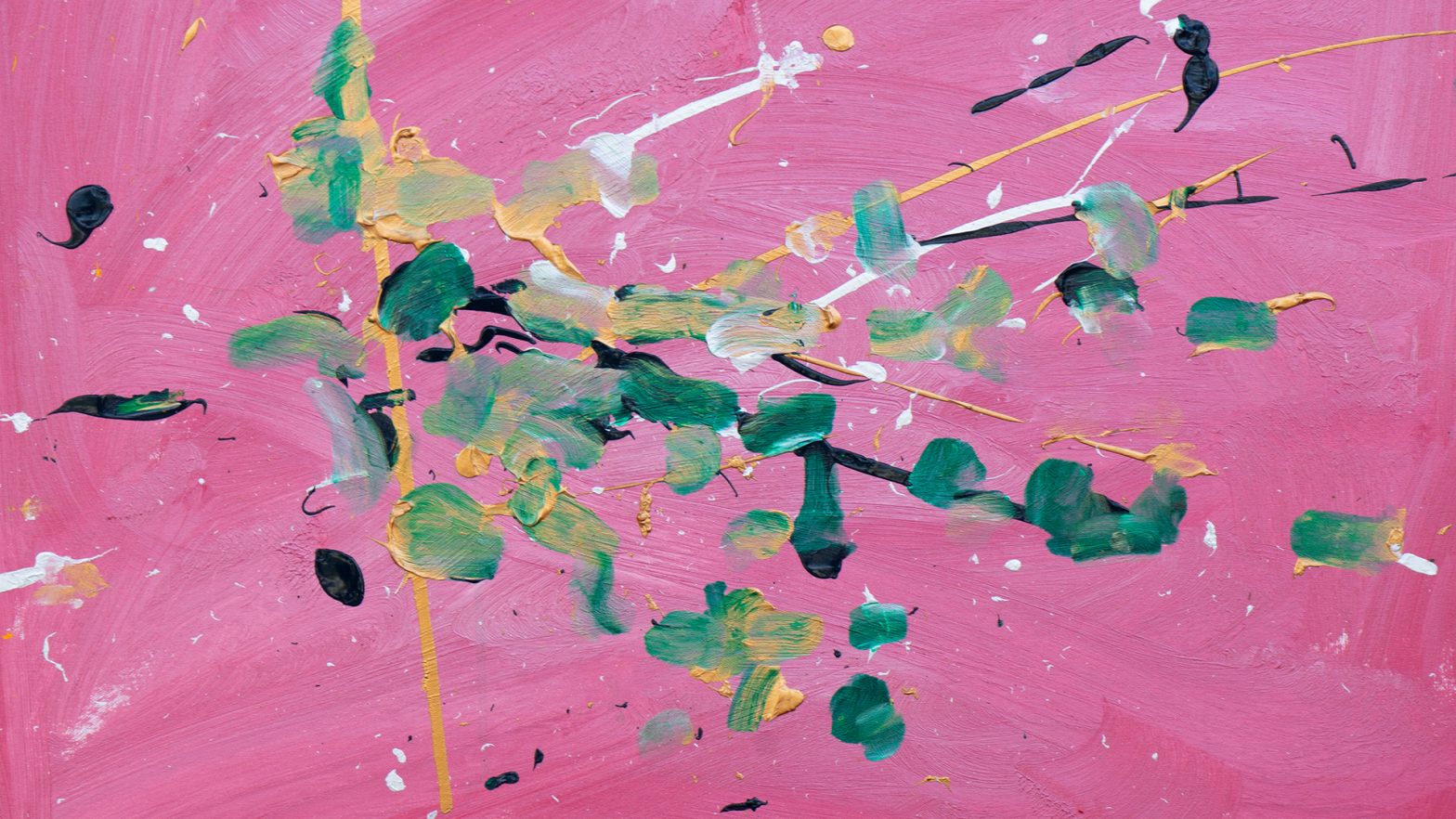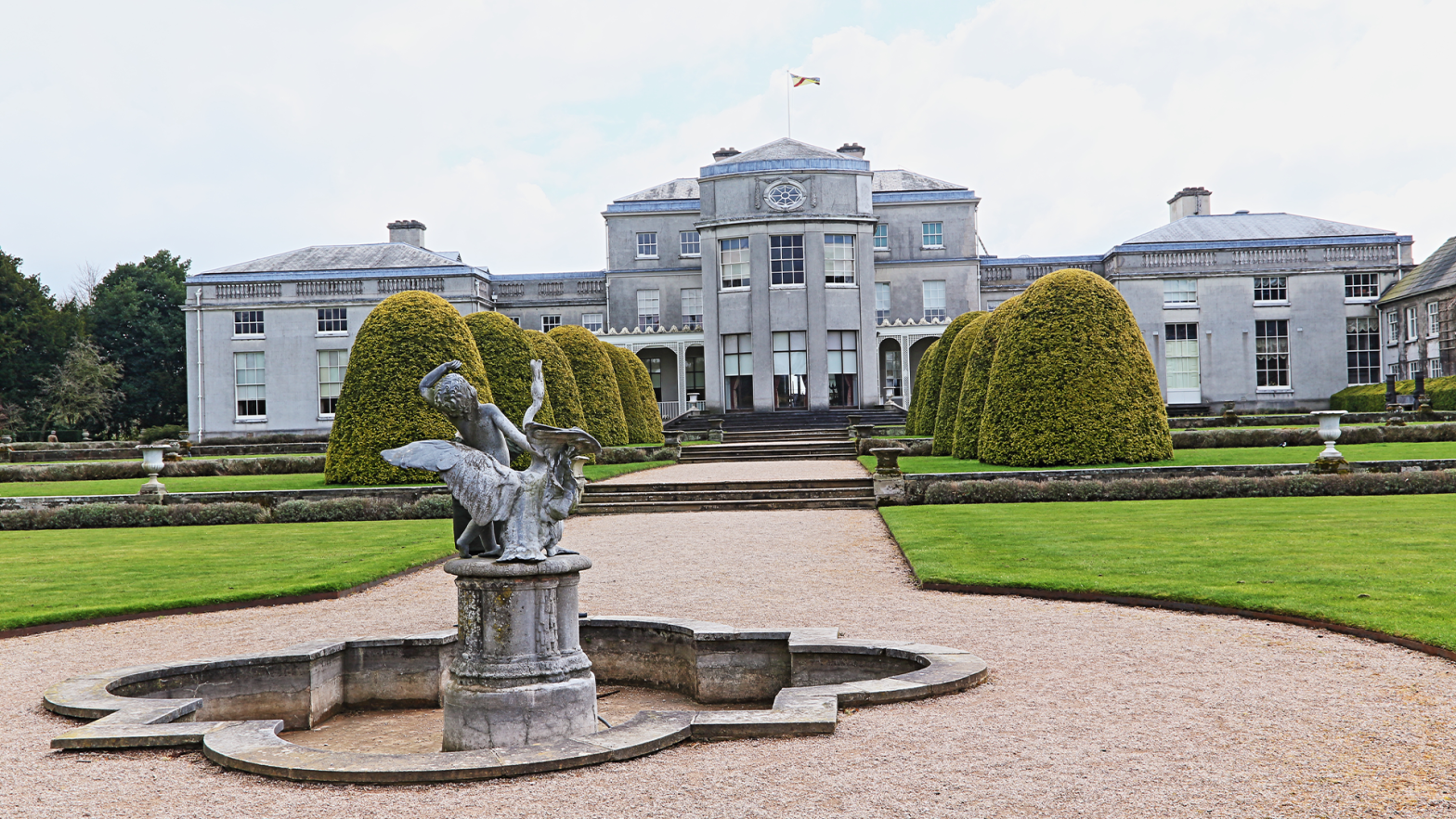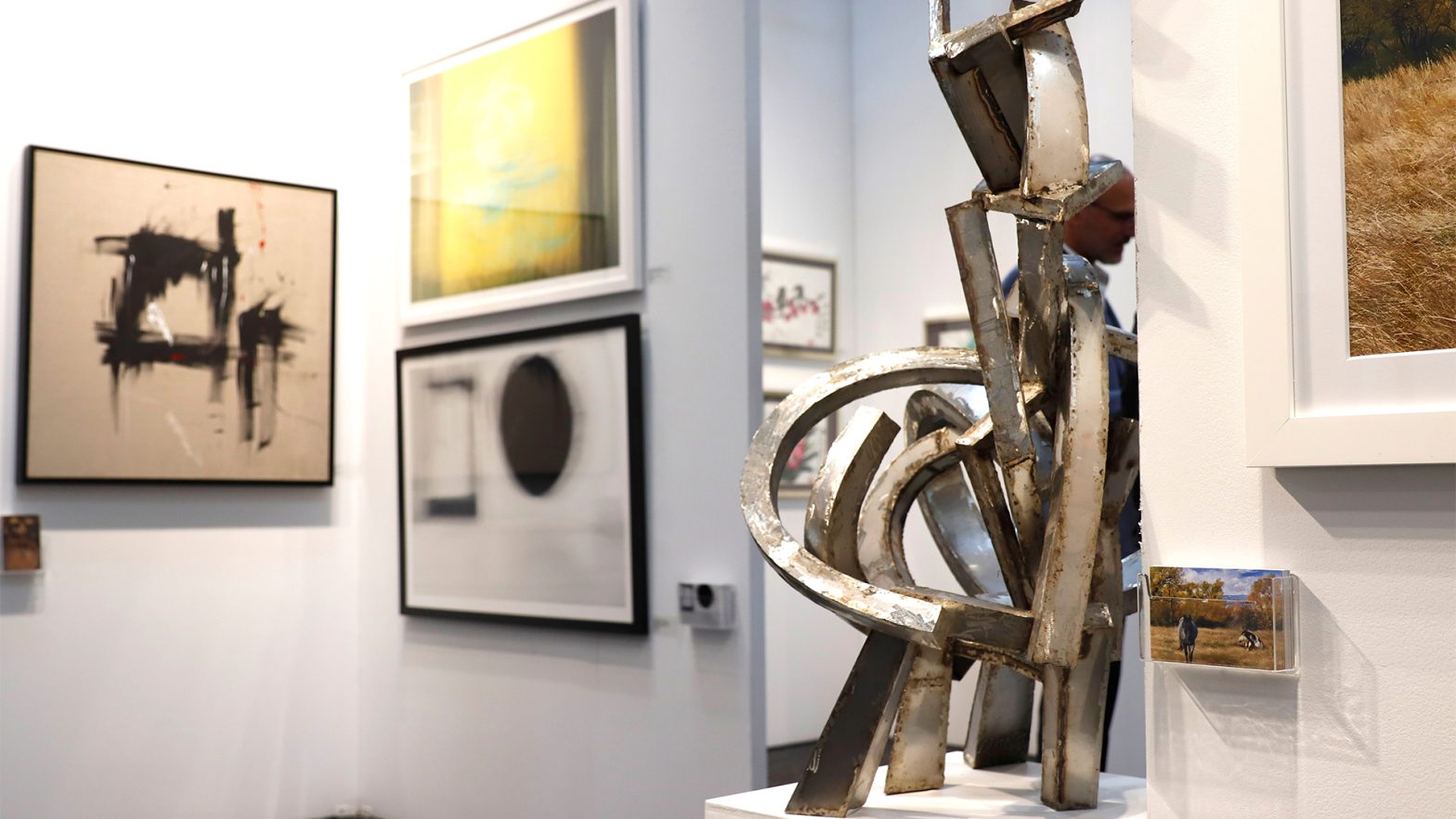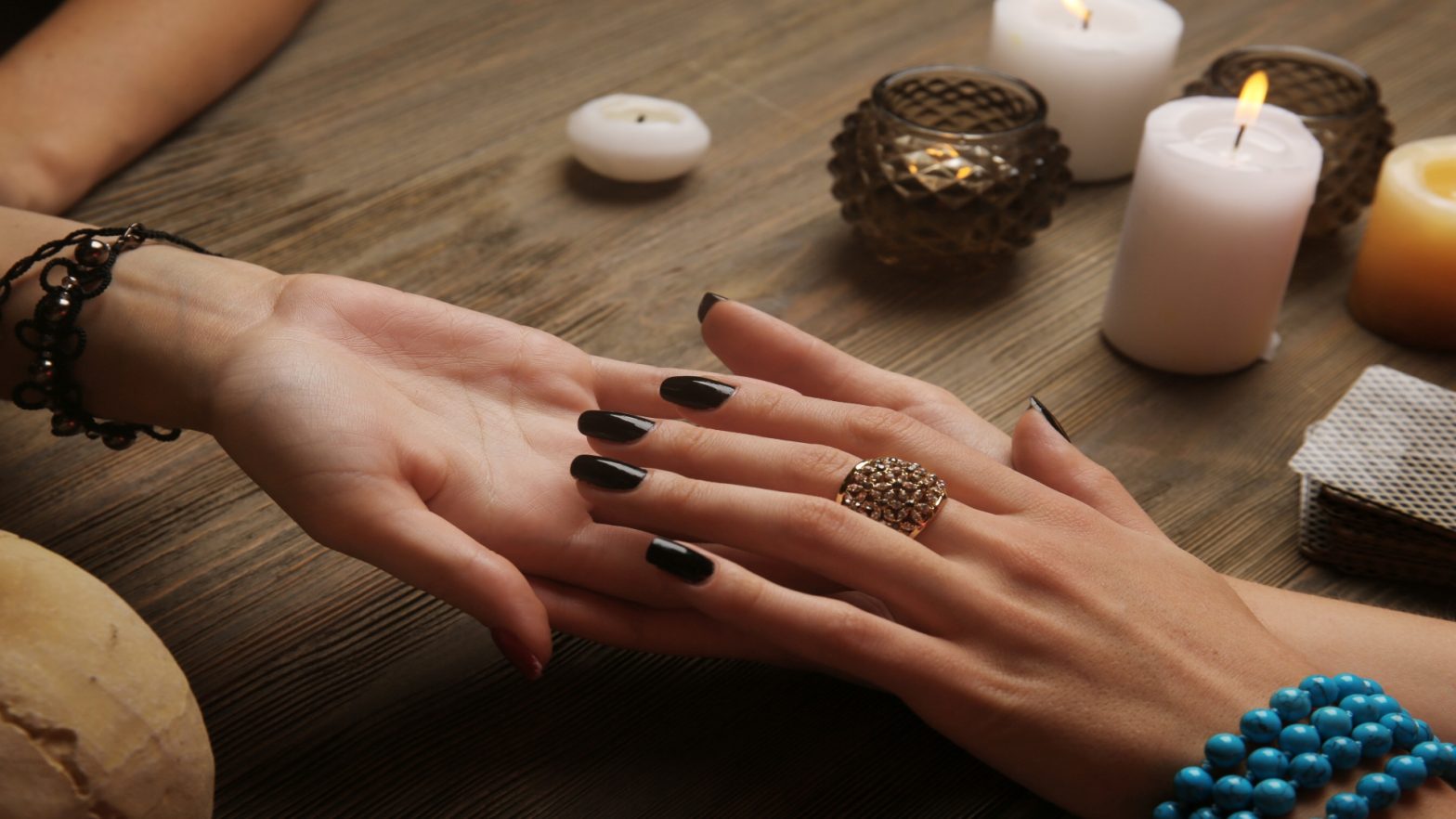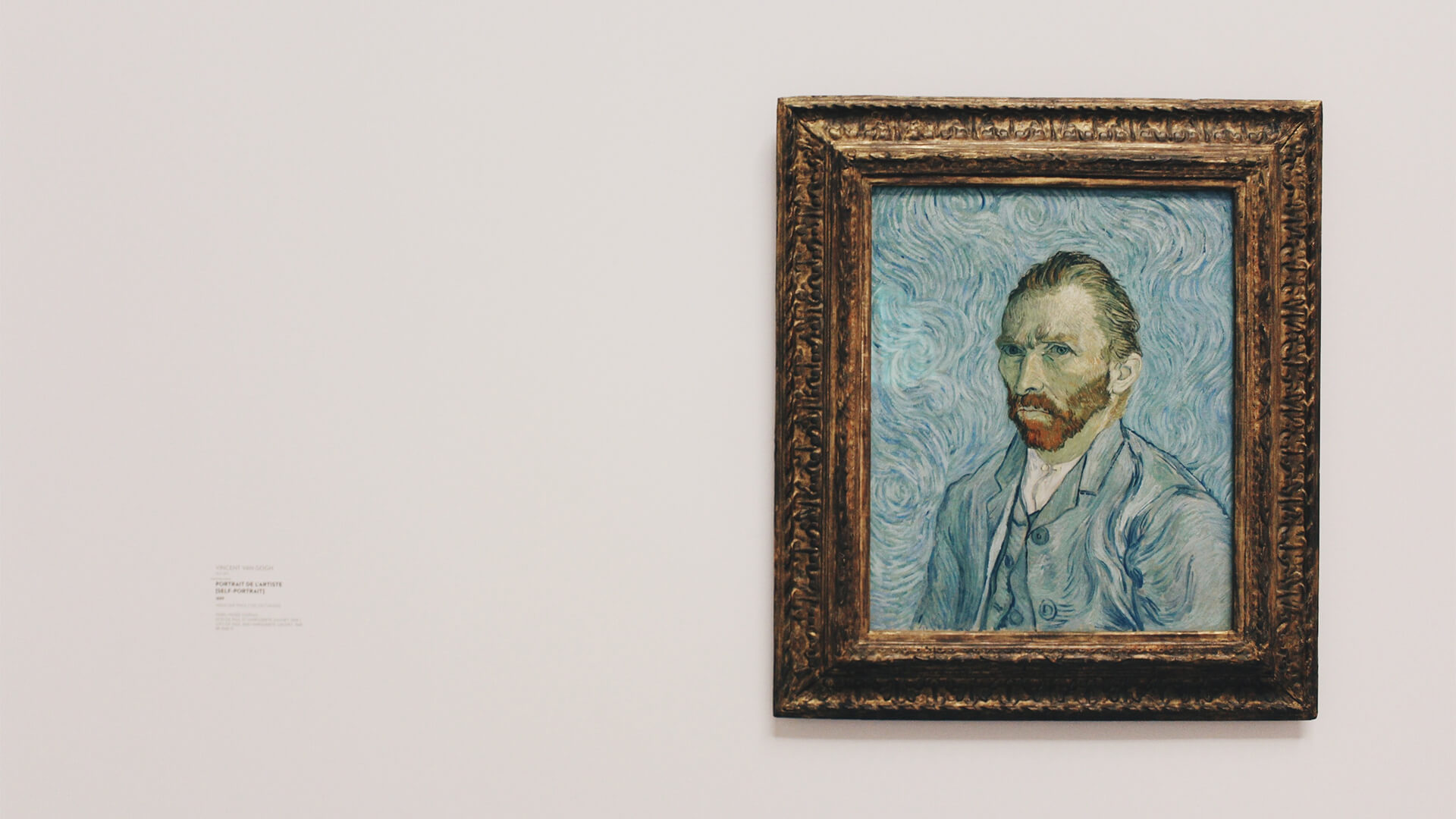
If you have moved into a new home and are looking for ways to decorate it, or you’re simply trying to find a new and fun way to invest your money, then looking to purchase a piece of art is an excellent choice. For some people, however, the idea of buying art can be a bit daunting. This isn’t a surprise given that no one wants to burn money on a piece of art that doesn’t end up being as valuable as they think, or being in line with their personal tastes and the best fit for their homes. The following are a few key tips to help you figure out where and how to purchase your next beautiful piece of art.
1. Determine the Type of Art
The first thing you should probably determine is the kind of art you’d like to buy. If you’re buying art that you’ve fallen in love with at first sight, then the equation is perhaps much simpler for you. However, if you’re purchasing something you kind of like but mostly hope to be a smart investment, then that should be treated as a separate scenario. The former is easy, but the latter is a bit more difficult since you need to go somewhere you know will be selling art that will increase in value over the long term. If there is an art gallery housing art by a particular up-and-coming artist, then be sure to visit them first.
2. The Personal Touch
If you are ready to eschew the art scene and are determined to purchase something that appeals to you on a personal level, then focus your attention on smaller, niche galleries or family-owned businesses. The specialists at David Hart Galleries recommend looking into purchasing directly from artists or their families, as opposed to entities that sell art for an exorbitant price, sans the intimate know-how exhibited by artists. This could be a great way to inject some originality into your pursuit and have a one-of-a-kind piece in your home.
3. Budgetary Concerns
One thing you need to do from the get-go is set aside a budget for your endeavor. This will automatically influence where you need to purchase your art. Different art galleries or purveyors will have different price points for you to consider, and it would be a good idea to undertake some of the research ahead of time. This brings us to…
4. Research
The artworld is complicated and rather insular. It is recommended that you speak to like-minded collectors, various art appraisers, and art gallerists beforehand to learn more about the kind of art you would like to buy. This is a helpful step to keep in mind because art gallerists will sometimes give discounts to collectors to try to rope them into being loyal customers.
Buying art is a terrific endeavor, and it’s a great way to support the livelihood of artists and the art community. However, you need to do the necessary legwork ahead of time to ensure that you protect your investment, and hopefully, you will select something you genuinely love at the same time.










